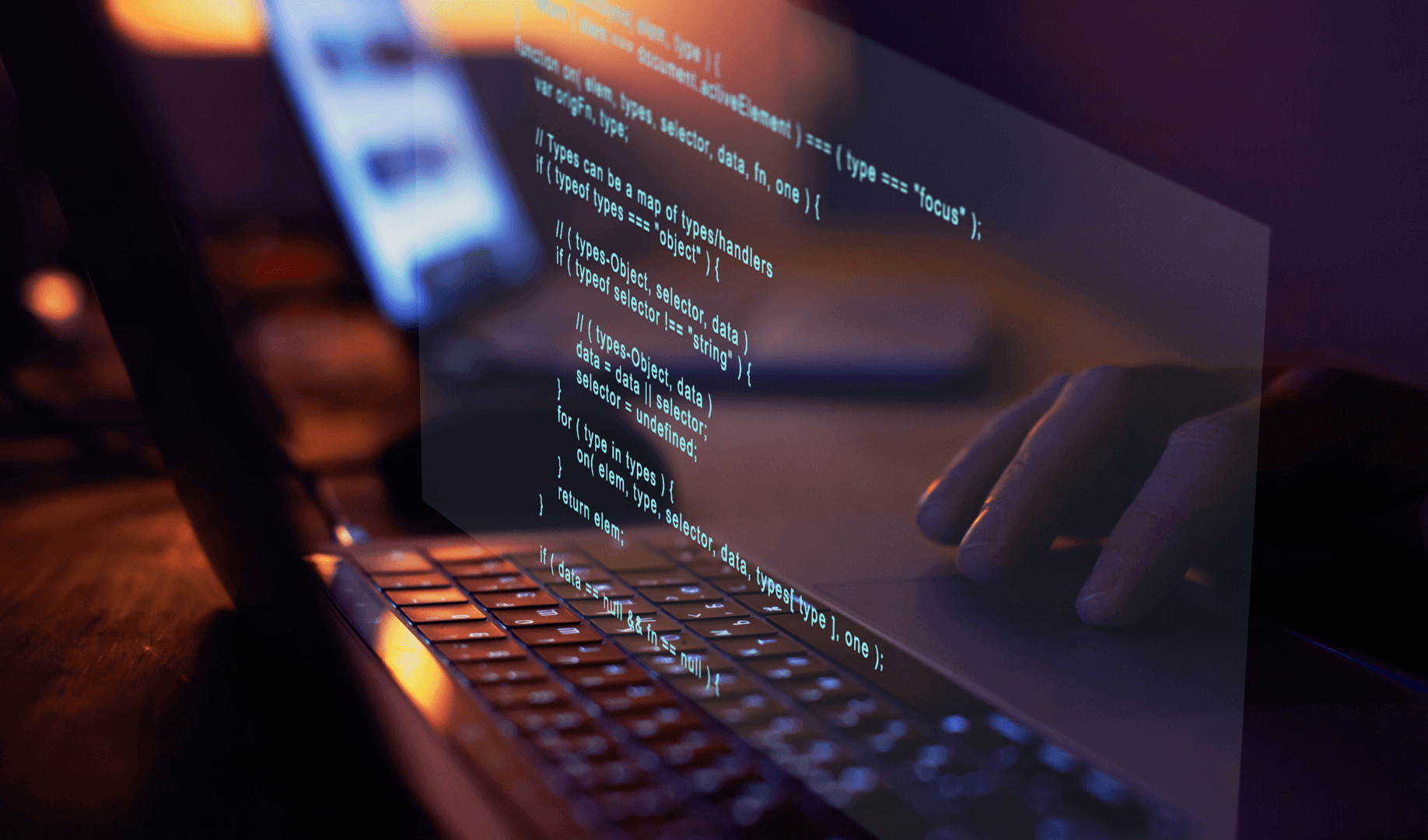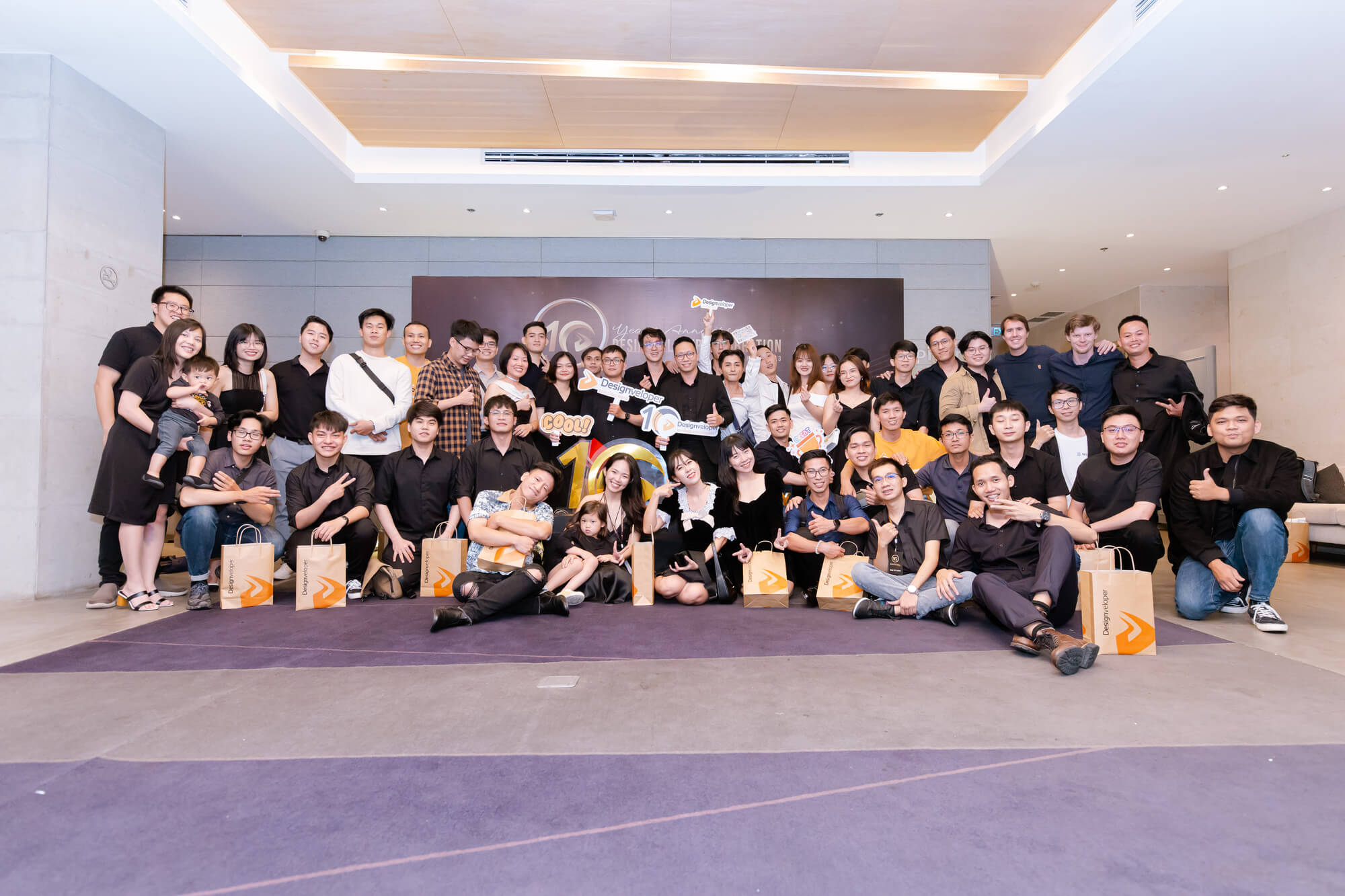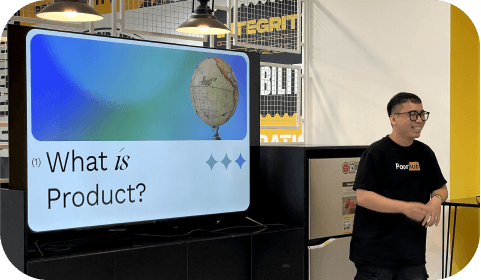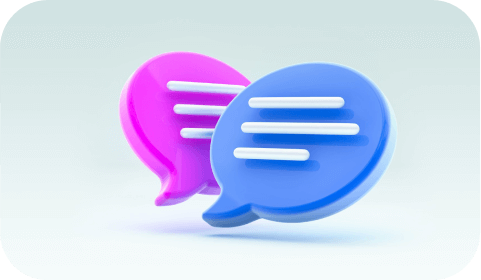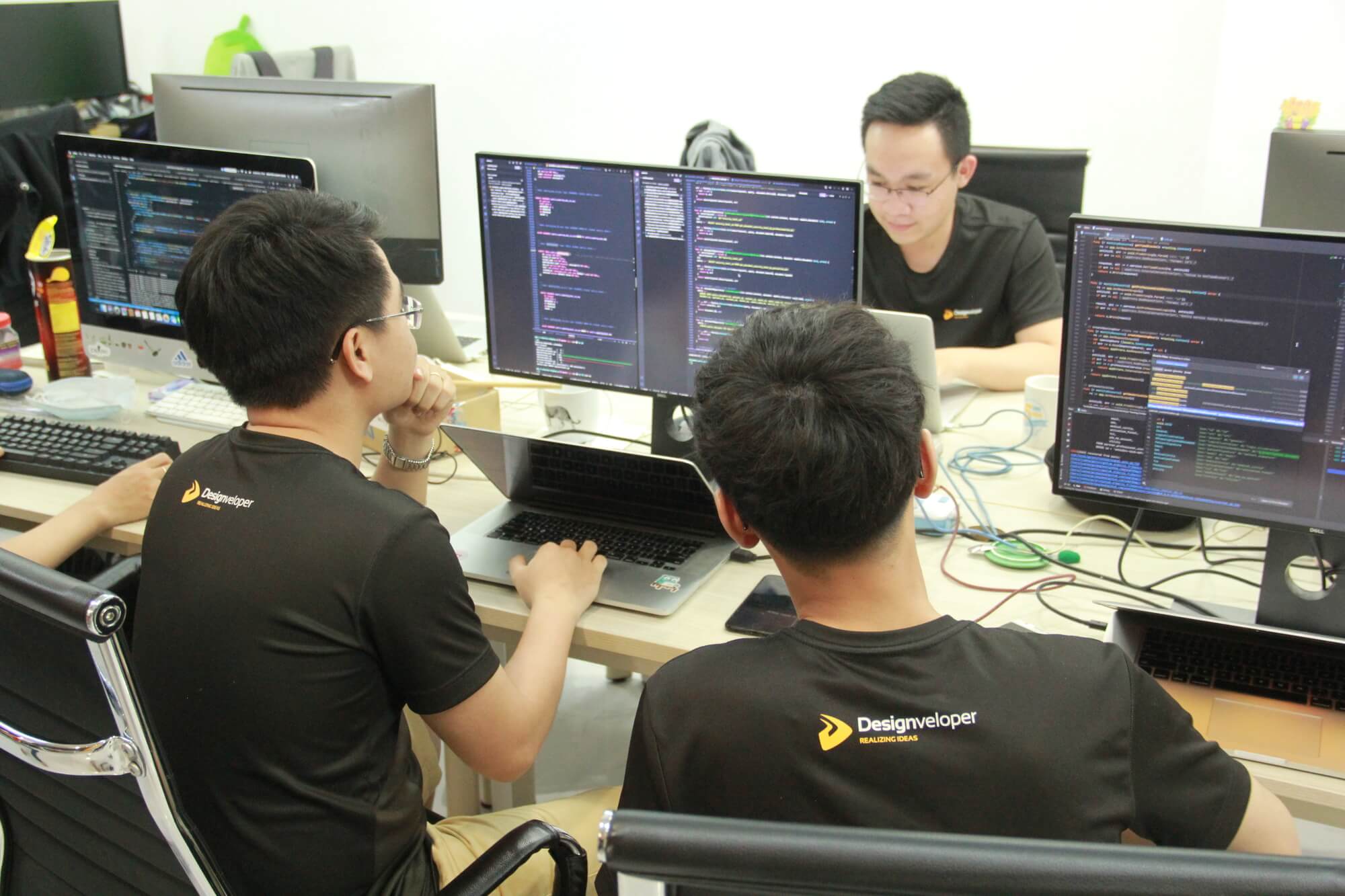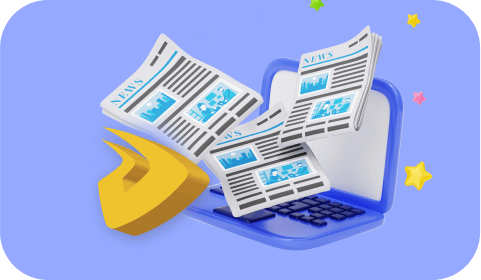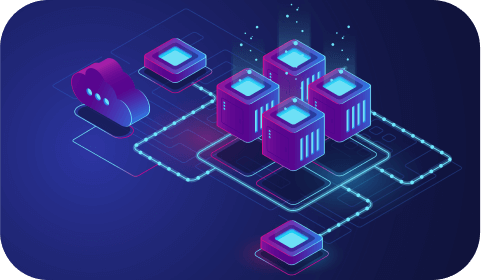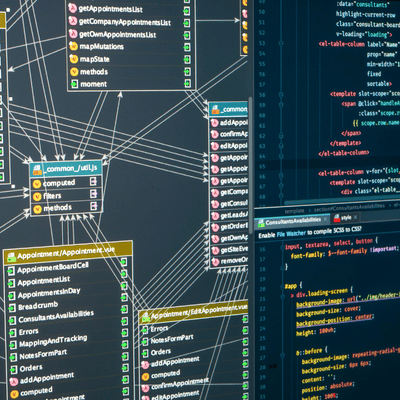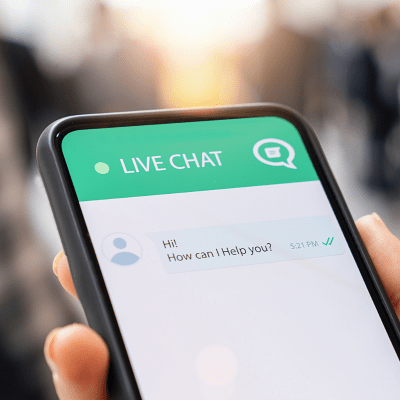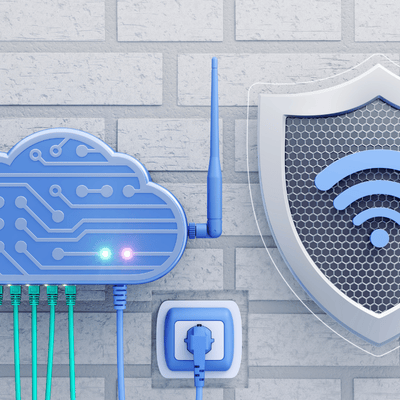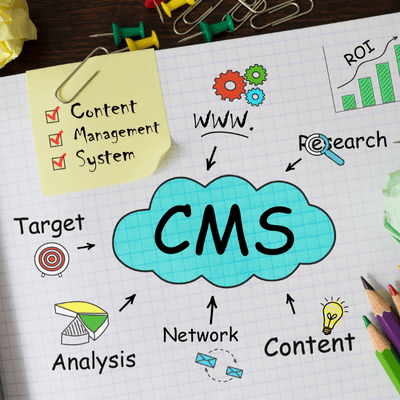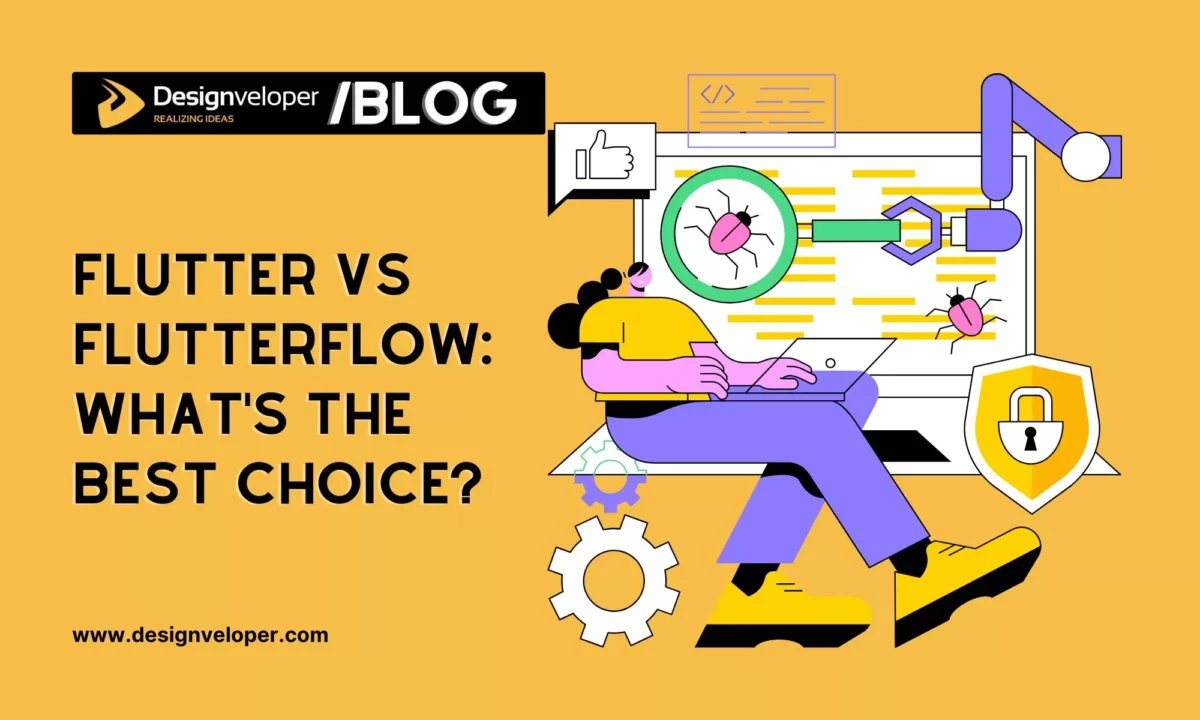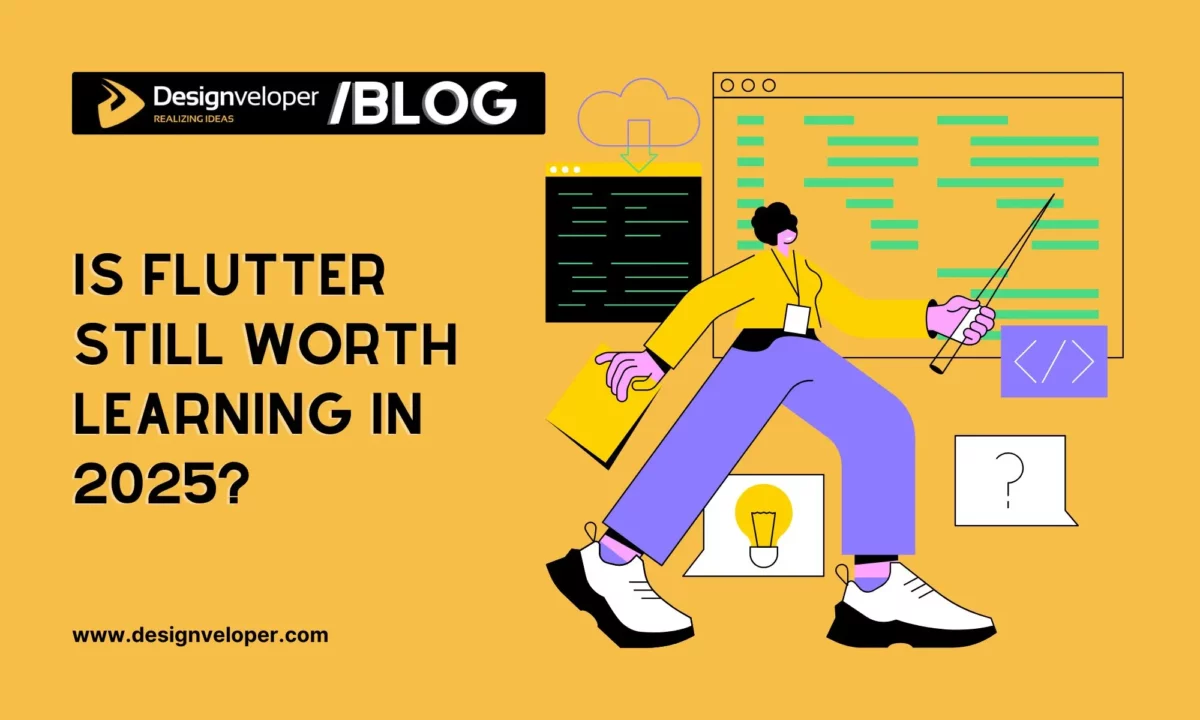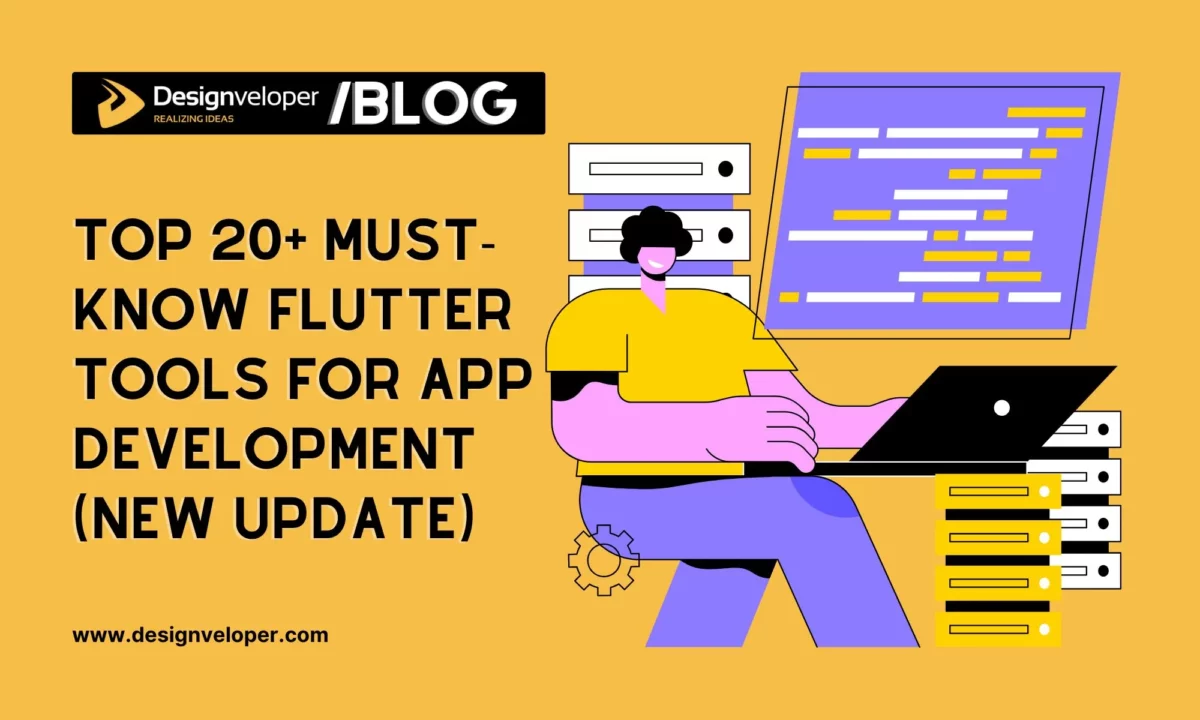Is Flutter Still Worth Learning in 2025? Top 10 Reasons to Consider It
October 07, 2025
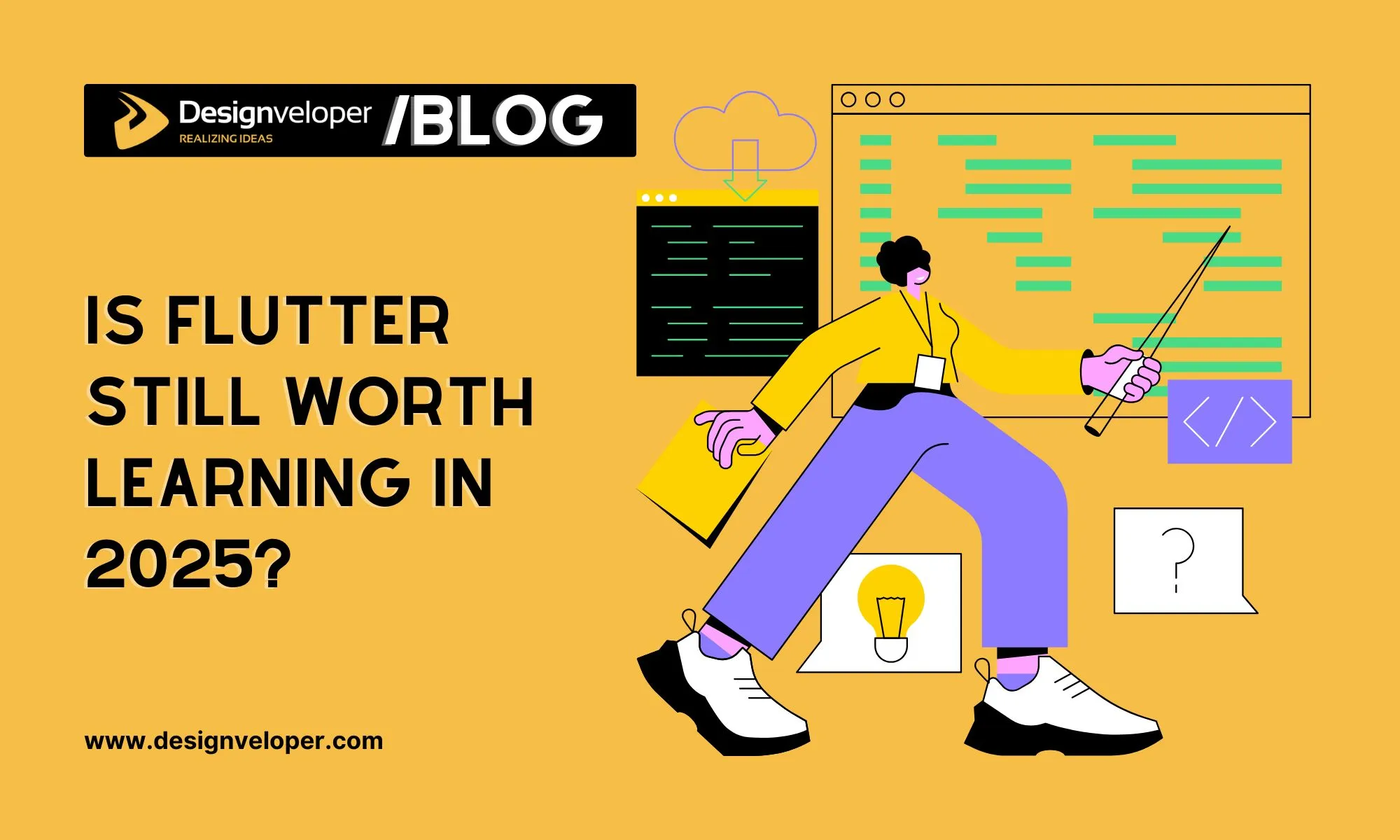

For developers asking “is Flutter worth learning” in 2025, the trends point toward yes. Google is still investing in Flutter, and more than one million apps all around the world are using it. The strong corporate support and fast-growing ecosystem of the framework indicates that there is still a demand for Flutter skills. The following sections discuss 10 reasons why flutter is a valuable skill in 2025, using data and providing examples to support the points.

Top 10 Reasons Why Flutter Is Still Worth Learning Today
Strong Google Backing and Continued Innovation
Flutter is an official Google product. Google’s own engineers drive most of its development, so Flutter sees frequent updates and new features. For example, Google’s Flutter team announced continued growth in 2024–2025, including new platform support and enhancements like AI toolkits. In short, Flutter is far from abandoned – it benefits from a deep pocket sponsor and ongoing R&D at Google.
- Strong roots: Flutter is Google’s open-source UI framework for mobile, web, and desktop interfaces. Google’s support ensures longevity.
- Active roadmap: Recent Flutter versions (e.g. 3.x) added support for new platforms (like embedded devices and wearables) and the latest Dart language improvements.
- Material You: Google continuously upgrades Flutter’s Material Design support, so apps look modern. Future releases (e.g. Flutter 4) are on track.
High Demand for Cross-Platform Development
Companies still need apps that run on both iOS and Android without doubling cost. As a result, cross-platform frameworks are in high demand. In fact, a 2024 Stack Overflow survey found Flutter and React Native together account for ~60% of all cross-platform mobile projects (Flutter 32.8%, React Native 27.2%). The global market for cross-platform app tools is to grow strongly – for example, analysts forecast the market to reach $124.5 million by 2025 (from $107.2M in 2024). In short, demand for cross-platform skills remains high, and Flutter leads that trend.
Booming Job Market
Mobile app development jobs are booming, and Flutter skills are part of that. U.S. labor data projects 21% growth for mobile app developers from 2018 to 2028, well above average. As more companies adopt Flutter, they hire Flutter developers: as an example, one industry report commented that Flutter dev salaries are competitive (often 7% higher than React Native salaries). It’s what the market will pay: the average U.S. mobile app developer earns approximately $99,840. In many tech hubs, there are many developers who are highly paid for their work, namely, they are Flutter developers.
Key facts: There is still a high demand for Flutter developers – Google has over 1 million active Flutter developers worldwide and job postings are abundant for those looking for jobs in the field of Flutter. For comparison, StackOverflow found that 9.4% of professional developers use Flutter. In conclusion, mobile/cross-platform positions are in high demand and even increasing, so Flutter is a great skill to learn.
Vibrant Community and Ecosystem
Flutter’s open-source community is large and active. By late 2024, Flutter had 1,400+ contributors and 10,000+ package publishers (authors of plugins) on its package site, creating over 50,000 packages. This implies that there are pre-existing widgets/libraries for virtually any purpose (camera, databases, animations, etc.), so developers almost never start from scratch. There are also 90,000+ developers who have participated in Flutter meetup around the world, as well as countless forum and Q&A threads. In practice, this means that if you do encounter a problem, someone in the community probably has an answer to it. Productivity and learning are enhanced by the healthy functioning of the ecosystem.
- Libraries and plugins: Flutter’s package repository (pub.dev) offers tens of thousands of open-source libraries (over 50k packages) for UI components, state management, device features, AI, and more.
- Support network: Large communities on Reddit, StackOverflow, and meetups mean ample peer help. Google notes 90k developers attend Flutter events globally.
- Corporate involvement: Beyond Google, many companies and freelancers contribute to Flutter’s growth, so the toolset keeps improving.
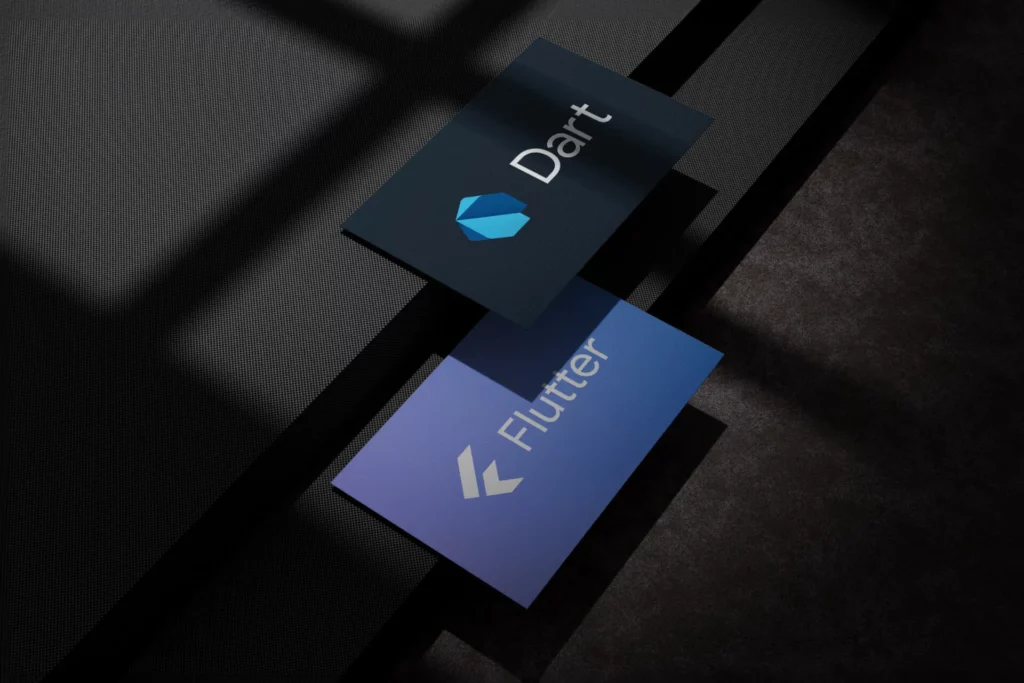
Ease of Learning
Flutter has a relatively easy learning curve for many developers. Flutter is intuitive due to its widget-based UI model, and it uses Dart, a language that is similar to Java/C# or JavaScript in style. Beginner tutorials and the official docs are abundant. Because it is declarative (build UI by combining widgets), it is straightforward to get started. The uniformity of one language (Dart) and one framework for mobile/web/desktop saves the newcomer the confusion of learning separate toolsets for each platform. In fact, developers who are switching from other languages say that they are productive in Flutter after a short ramp-up (a few weeks to a couple of months). For instance, Google found it takes 2-3 months to learn to code features, but after that it was 22% faster.
- Single language: Learn Dart once, use it everywhere (mobile, web, etc.).
- Clear structure: Flutter’s UI is built by nesting widgets, which is easy to visualize and debug.
- Learning resources: Google’s official documentation is thorough, and many free courses and examples exist online.
- Beginner-friendly: It’s often recommended as a first UI toolkit because you see results (apps running) quickly.
Hot Reload Feature
One of Flutter’s signature features is Hot Reload. This lets developers inject code changes into a running app and see the results instantly – often in milliseconds, without losing app state. Google’s documentation explains hot reload “helps you quickly and easily experiment, build UIs, add features, and fix bugs” by injecting updated code into the Dart runtime. In practice, this dramatically accelerates development and iteration. Instead of having to rebuild the entire application (as is the case with native development) Flutter usually updates the view directly. This means faster debugging and tweaking – a big win in productivity. Many developers have given hot reload as a strong reason to love Flutter.
- See changes in real time: Edit a layout or color and see it update instantly in the emulator/device.
- Experimentation: Try UI tweaks or new features on the fly without restarting the app.
- Debugging: Because the state is preserved, you can fix a bug and continue where you left off.
- Learning: Hot reload makes it easy for learners to play with code and immediately understand effects.
Developer Productivity
Flutter has a high developer productivity when it comes to design. It has a full-fledged widget set and reactive model, and therefore, less boilerplate code. When developing applications, developers can make use of widgets to reuse them and to build complex UIs quickly. Industry research supports this: one study (DevOps Research Association, 2024) found teams using Dart/Flutter experienced about 22% faster feature completion compared to other toolchains. That implies shorter sprints and more features per month. Other tools such as Flutter’s DevTools (performance and debugging) also help to achieve efficiency. Overall, developers often state that once they know the generalities of the Flutter, they are able to build screens and functionality faster than they could with the older native or hybrid approaches.
- Unified codebase: One Dart codebase covers iOS, Android, web, and desktop, eliminating duplicate work.
- Rich components: Built-in widgets (Material, Cupertino, etc.) mean less custom coding for standard UI.
- Fewer bugs: Dart’s type safety and the framework’s consistency often lead to fewer runtime surprises.
- Tooling: Excellent IDE support (Android Studio, VS Code) with code completion and the hot reload make development smooth.
Performance and UI Flexibility
Flutter App is a rich and good performance UI application. Flutter is compiled to native machine code on ARM. This means that apps are running with close to native speed on iOS and Android. Its graphics engine (Skia) is capable of running around 60+ FPS animations. This means that custom, advanced UI (animations, transitions, graphics-heavy screens) are smooth. In addition, because of the widget system of Flutter, the interface can be customized pixel perfectly. This has been heavily utilized by companies: for example, Scandinavian Airlines completely redid its mobile app in Flutter, and it won several design awards (Red Dot, Webby, iF) for its incredible UI. It has been a strong testimony to the fact that Flutter can help build beautiful and high-performance apps. In short, Flutter applications are fast and customizable in their look.
- Speed: Compiled apps are fast. You can even build games and high-FPS apps with Flutter’s engine.
- Custom UI: Everything in Flutter is a widget – it’s straightforward to make a unique design (rounded buttons, animations, custom shapes).
- Consistent look: A Flutter app looks the same on Android and iOS (unless you use platform-specific widgets), reducing QA friction.
- Award-winning: Real-world evidence (like SAS’s app above) proves Flutter can match or exceed native app polish.
Widespread Adoption
Flutter is no longer niche – many popular apps use it. Google officially reported in late 2023 that over one million apps have shipped on Flutter. Major brands across industries trust Flutter. For example, Google’s own products (Google Ads, Stadia mobile), Alibaba’s shopping apps, BMW’s My BMW mobile app, and finance apps like Nubank are built with Flutter. On the Flutter showcase site you can also find names like eBay, BMW, Bytedance (TikTok’s parent), and Square. This broad adoption means Flutter has proven itself: it’s handling large-scale, consumer-facing apps. As one concrete stat, analysis shows ~30% of new free iOS apps in 2024 were built with Flutter. That level of real-world use indicates Flutter expertise remains very marketable.
- Real examples: Apps by Google, Alibaba, BMW, eBay, Tencent, and many others use Flutter.
- User base: Flutter apps run on hundreds of millions of devices – from mobile phones to embedded screens in cars and appliances.
- Cross-industry: E-commerce (Alibaba), transportation (SAS, BMW), fintech (Nubank, PayTM), and media (ByteDance) all use it.
- Global reach: Flutter devs and apps are spread worldwide, not confined to one region.
A Winning Combo due to AI and Flutter
AI is transforming software and Flutter is keeping up with the trend. Google released a Flutter AI Toolkit (in 2024) that simplifies the integration of AI features such as chat and natural language into mobile apps. For instance, the toolkit supports connecting Google’s Gemini or Firebase Vertex AI for multi-turn chat or text generation with minimal code changes. This means that you can do a flutter app with, say, an AI chat helper or summarisation in a matter of minutes. Apart from official tools, AI-assisted coding (like GitHub Copilot) and AI-driven testing can be employed by developers to make the development process even faster. In short, the simple approach and the artificial intelligence capabilities of Flutter offer a powerful combination: intelligent app prototyping on a single source code can be accomplished in a short amount of time.
In fact, Flutter+AI is already in action. For example, Google’s internal team launched a NotebookLM (Flutter based AI research app) to create a mobile interface for their AI model. More broadly, any app built with Flutter will now be able to easily incorporate machine learning models (by using TensorFlow Lite or the ML module available in the Firebase project), or chatbots. The picture above is representative of this synergy: Flutter is the canvas, tools and AI is the smarts. Together, they help developers to develop next-gen apps (voice control, smart recommendations, image recognition, etc.) faster than ever. As AI is here to stay as part of apps, being proficient in Flutter means you can ride that wave with maximum efficiency.
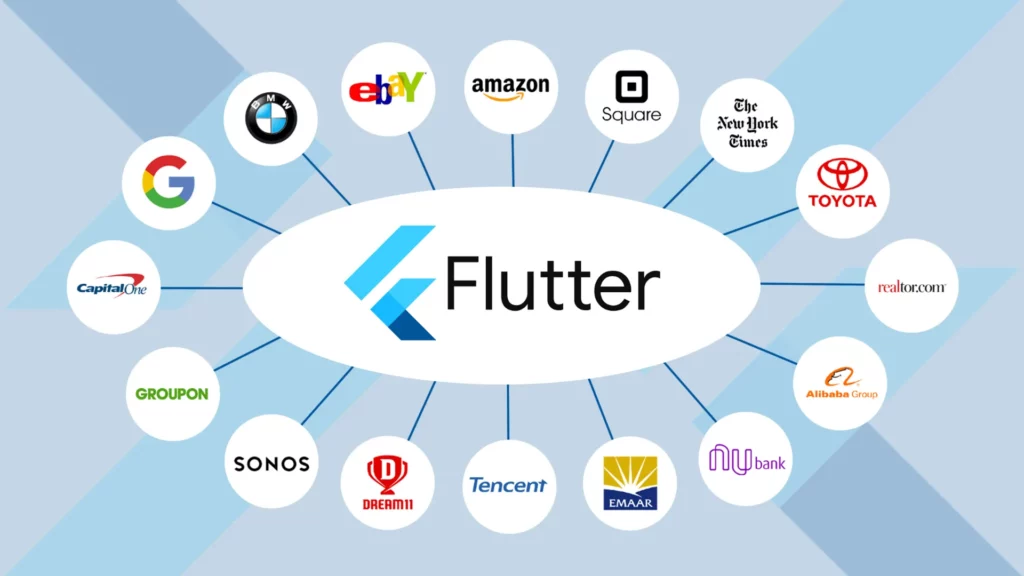
What Is the Future of Flutter in 2025?
Looking ahead, Flutter’s future remains bright. By 2025, Google has signaled that Flutter is stable and production-ready, and they continue to innovate on both Flutter and Dart. Recent language updates (Dart 3.8) introduced developer-friendly features like null-aware elements, which simplify code. Google’s Flutter team has also shown it plans to support the latest OS versions and improve tooling (for example, enabling hot reload on web).
Flutter is projected to stay the leader in cross platform development. As we pointed out above, Flutter already had almost 30% of new iOS apps and JetBrains stated that it is the most-used multi-platform framework since 2021. In other words, this growth is not slowing down.
While alternatives are beginning to emerge (Kotlin Multiplatform or SwiftUI for the Apple ecosystem), Flutter’s combination of true multi-platform UI, mature tooling and Google support gives it a head start over the rest. In fact, the Flutter is growing its popularity for emerging areas (embedded devices, desktop, wearables). For instance, Flutter is being used to develop embedded screens for companies like GE Appliances and will also be used to develop mobile apps by using the same code.
In conclusion, there are scant indications of Flutter’s demise. It’s gone into a so-called “production era” (as Google calls it) where it’s a reliable option for large projects. Flutter is a well-established, in use, mature project with a strong community and continuous development, so it will keep being a mainstream development skill well past the year 2025.
Conclusion
At Designveloper, we’ve seen firsthand how Flutter is changing the modern app landscape. As a Vietnam-based software development company with over a decade of experience we’ve created powerful and cross-platform apps for our clients in over 20 countries – from startups to enterprise-scale apps. Our team has implemented Flutter in a variety of projects such as LuminPDF, Walrus Education and several internal tools that are used by thousands of customers every day.
We choose to use Flutter because it enables us to provide consistent user experiences from Android, iOS, web and desktop with a single, efficient codebase. That means faster development, less bugs and less maintenance expenses – benefits our clients immediately see. With the integration of AI into Flutter along with support for Material 3, we can now create apps that look better, run faster and scale smarter than ever before.
So, is Flutter worth learning in 2025? Absolutely. At Designveloper, we believe that it is one of the most forward-looking technologies for modern development. Whether you’re an individual developer or a business owner seeking to start a digital product, Flutter is an investment that pays off in terms of performance, flexibility, and long-term growth.



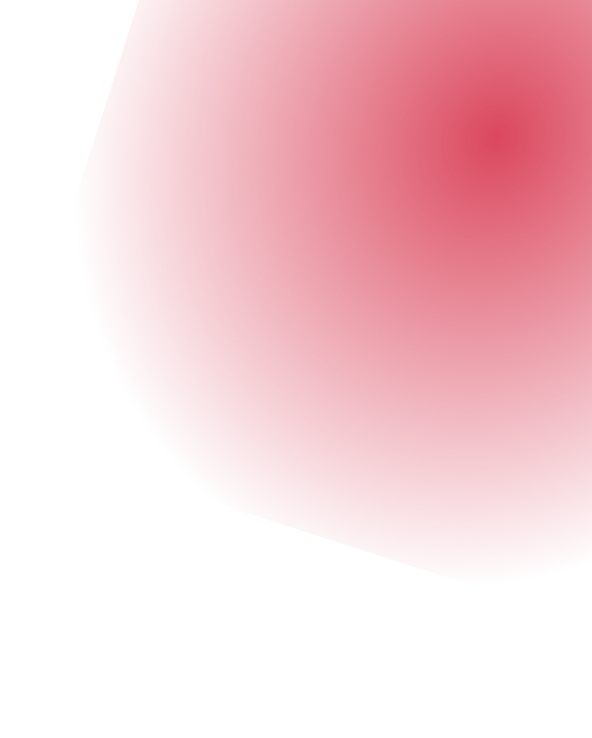
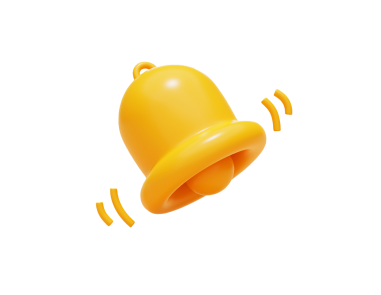

Read more topics

















